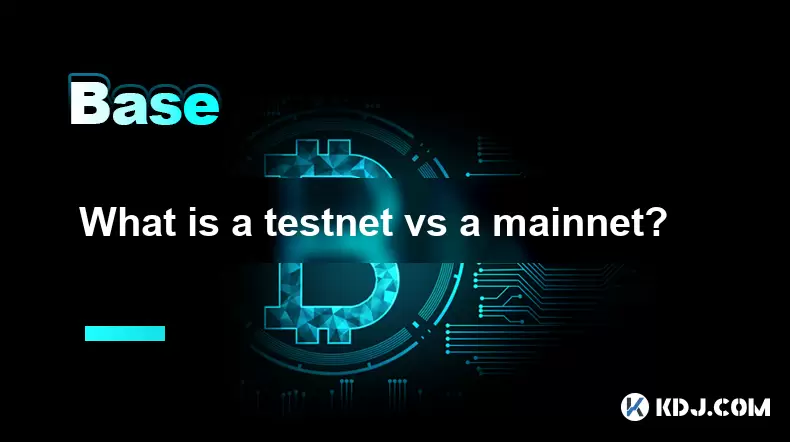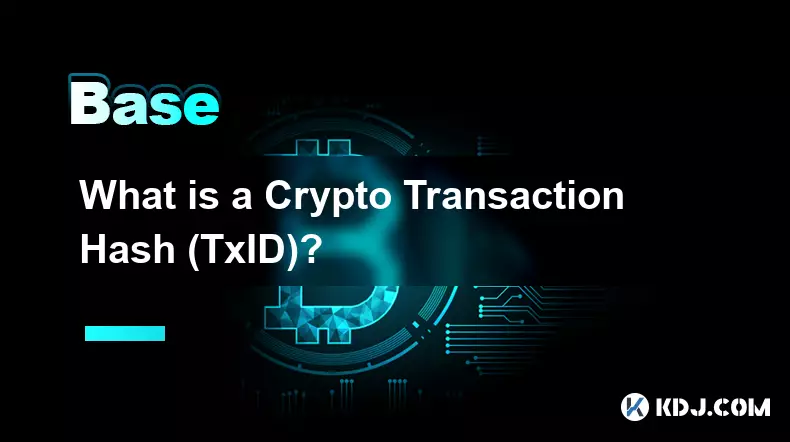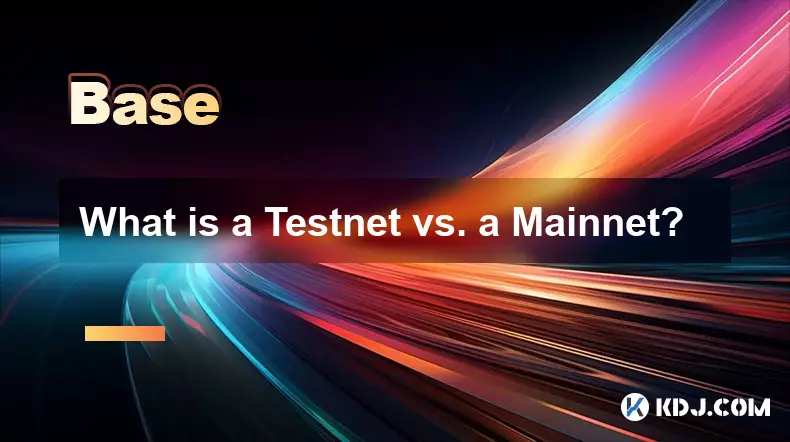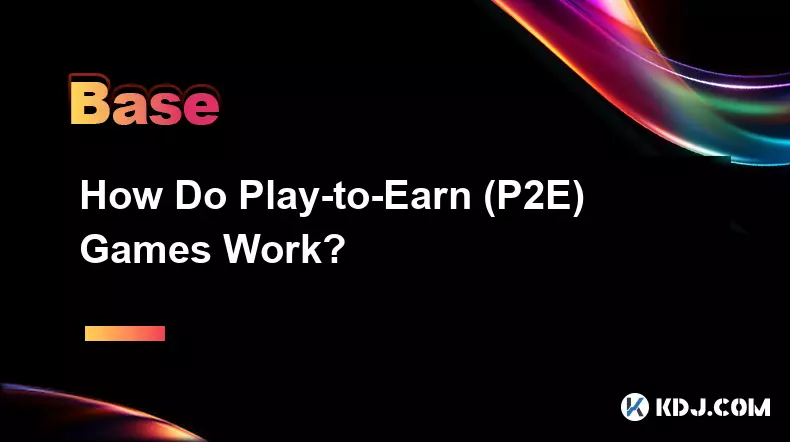-
 Bitcoin
Bitcoin $111100
0.49% -
 Ethereum
Ethereum $4304
0.21% -
 XRP
XRP $2.888
2.36% -
 Tether USDt
Tether USDt $0.9999
-0.03% -
 BNB
BNB $879.1
1.62% -
 Solana
Solana $207.9
2.67% -
 USDC
USDC $0.9998
-0.01% -
 Dogecoin
Dogecoin $0.2320
7.05% -
 TRON
TRON $0.3306
0.59% -
 Cardano
Cardano $0.8407
1.68% -
 Hyperliquid
Hyperliquid $48.50
3.55% -
 Chainlink
Chainlink $22.52
0.46% -
 Ethena USDe
Ethena USDe $1.001
-0.02% -
 Sui
Sui $3.395
0.74% -
 Bitcoin Cash
Bitcoin Cash $602.5
0.82% -
 Stellar
Stellar $0.3645
1.67% -
 Avalanche
Avalanche $24.82
0.93% -
 Hedera
Hedera $0.2211
0.99% -
 UNUS SED LEO
UNUS SED LEO $9.606
0.00% -
 Cronos
Cronos $0.2583
-2.44% -
 Litecoin
Litecoin $113.7
0.82% -
 Toncoin
Toncoin $3.094
0.39% -
 Shiba Inu
Shiba Inu $0.00001254
1.50% -
 Polkadot
Polkadot $4.040
4.96% -
 Uniswap
Uniswap $9.429
0.08% -
 Dai
Dai $0.9999
-0.01% -
 Ethena
Ethena $0.7629
3.04% -
 World Liberty Financial
World Liberty Financial $0.2111
-13.16% -
 Monero
Monero $269.9
0.50% -
 Aave
Aave $300.9
-0.41%
What is a testnet vs a mainnet?
A testnet allows developers to safely test blockchain features without real financial risk, while a mainnet is the live network where actual transactions occur.
Jul 03, 2025 at 06:35 pm

Understanding the Basics of Blockchain Networks
Blockchain technology operates on decentralized networks that enable secure, transparent, and tamper-proof data transactions. Within this ecosystem, two primary types of networks are used: testnet and mainnet. These networks serve different purposes and are crucial to the development and deployment of blockchain applications. Understanding the distinction between them is essential for developers, testers, and users alike.
The mainnet represents the live, operational version of a blockchain network. It is where actual transactions occur and have real-world value. In contrast, a testnet functions as a testing ground for developers to experiment with new features, smart contracts, or updates without risking real assets. Both networks run on similar protocols but differ significantly in terms of stakes, usage, and environment.
What Is a Mainnet?
A mainnet is the original, fully functional blockchain of a cryptocurrency project. Once a blockchain project moves from the conceptual or experimental phase to a working product, it launches its mainnet. At this stage, all transactions recorded on the blockchain are valid and carry real economic value. Users can send, receive, and store digital assets, and miners or validators earn rewards for securing the network.
Launching a mainnet signifies that a project has reached a level of stability and readiness for public use. It is often accompanied by the distribution of native tokens through an Initial Coin Offering (ICO), token sale, or other mechanisms. On the mainnet, any bugs or vulnerabilities can lead to significant financial losses, making thorough testing critical before deployment.
What Is a Testnet?
A testnet mirrors the functionality of a mainnet but exists solely for testing purposes. Developers use testnets to simulate real-world conditions without exposing their code or systems to financial risk. The tokens used on a testnet have no monetary value, allowing developers to debug, optimize, and validate their code before deploying it on the mainnet.
Each testnet maintains its own set of nodes, blocks, and consensus rules, just like a mainnet. However, since it's isolated from the mainnet, issues encountered during testing do not affect real funds or users. Many projects launch multiple testnets during development, each designed to test specific components such as scalability, interoperability, or security features.
Key Differences Between Testnet and Mainnet
Several key differences distinguish a testnet from a mainnet:
- Economic Value: Transactions on the mainnet involve real cryptocurrencies, while those on the testnet use dummy tokens.
- Security Implications: Bugs on the mainnet can result in irreversible loss of funds, whereas errors on the testnet pose no financial risk.
- User Participation: The mainnet is open to all users, while the testnet may be limited to developers and early testers.
- Consensus Mechanism: While some projects use the same consensus mechanism for both networks, others modify it for easier testing on the testnet.
These distinctions highlight why developers must rigorously test their code on a testnet before launching on the mainnet.
How to Access and Use a Testnet
Accessing a testnet typically involves downloading the appropriate software or connecting to a node that supports the test environment. Most blockchain projects provide documentation outlining how to connect to their testnet, including instructions for setting up wallets, mining tools, and development kits.
To get started, follow these steps:
- Visit the official website or GitHub repository of the blockchain project.
- Download the testnet-compatible wallet or node software.
- Configure your environment according to the provided guidelines.
- Request test tokens from a faucet or the project’s team to begin experimenting.
Once connected, developers can deploy smart contracts, simulate transactions, and stress-test various components of the system. It's important to note that testnet environments may change frequently, so staying updated with the latest versions and patches is crucial.
Transitioning From Testnet to Mainnet
Migrating from a testnet to a mainnet requires careful planning and execution. Before launch, developers must ensure that the network is secure, scalable, and ready for widespread adoption. This process often includes:
- Conducting audits and peer reviews of the codebase.
- Running extensive simulations and performance tests.
- Establishing a governance model and community engagement strategy.
- Preparing for token distribution and exchange listings.
Once the mainnet goes live, the focus shifts to maintaining uptime, monitoring network health, and responding to user feedback. Any post-launch issues must be addressed promptly to maintain trust and ensure smooth operation.
Frequently Asked Questions
Q1: Can I lose real money on a testnet?No, you cannot lose real money on a testnet because the tokens used there have no monetary value. They are purely for simulation and development purposes.
Q2: Are testnets always identical to mainnets?Not necessarily. While they aim to replicate the mainnet environment, testnets may have modified parameters such as block times, difficulty levels, or consensus rules to facilitate easier testing.
Q3: How long does a testnet typically last?The duration varies depending on the complexity of the project and the development roadmap. Some testnets run for weeks, while others may remain active for months to allow for continuous improvements and community feedback.
Q4: Do all blockchain projects use testnets?Most serious blockchain projects utilize testnets during development to identify and fix issues before launching the mainnet. However, smaller or less mature projects might skip this step, which can increase the risk of vulnerabilities upon release.
Disclaimer:info@kdj.com
The information provided is not trading advice. kdj.com does not assume any responsibility for any investments made based on the information provided in this article. Cryptocurrencies are highly volatile and it is highly recommended that you invest with caution after thorough research!
If you believe that the content used on this website infringes your copyright, please contact us immediately (info@kdj.com) and we will delete it promptly.
- Backpack Exchange: Europe's New Frontier for Perpetual Crypto Trading
- 2025-09-08 17:05:14
- Paxos USDH: Stablecoin Innovation with Token Buybacks and Reserve Fund
- 2025-09-08 16:45:14
- Lyno AI: The Smart Crypto Bet Beyond Ethereum and Bitcoin?
- 2025-09-08 16:45:14
- Decoding Crypto Returns: How BlockDAG is Redefining Investment in 2025
- 2025-09-08 17:05:14
- Worldcoin (WLD) Price Pumping: Decoding the Rally
- 2025-09-08 16:50:12
- Lyno AI vs. XRP: The Investment Showdown of 2025
- 2025-09-08 17:50:12
Related knowledge

What is a Crypto Transaction Hash (TxID)?
Sep 07,2025 at 01:18pm
Understanding the Role of a Crypto Transaction Hash1. A crypto transaction hash, often referred to as TxID, is a unique identifier generated when a tr...

What is On-Chain and Off-Chain Data?
Sep 07,2025 at 04:55pm
Understanding On-Chain Data1. On-chain data refers to all information that is recorded directly on a blockchain. Every transaction, smart contract exe...

What is a Testnet vs. a Mainnet?
Sep 08,2025 at 05:55am
Understanding the Core Differences Between Testnet and Mainnet1. A Testnet is a parallel blockchain network used exclusively for testing purposes. Dev...

How to do Your Own Research (DYOR) in Crypto?
Sep 08,2025 at 08:00am
Understanding the Foundations of Crypto Projects1. Every cryptocurrency project starts with a foundational whitepaper. This document outlines the tech...

What is a Bull Market vs. a Bear Market?
Sep 08,2025 at 11:00am
Bull Market Characteristics in the Cryptocurrency Space1. Prices across major digital assets experience sustained upward momentum, often driven by inc...

How Do Play-to-Earn (P2E) Games Work?
Sep 07,2025 at 10:54am
Understanding the Core Mechanics of Play-to-Earn Games1. Play-to-Earn (P2E) games operate on blockchain technology, allowing players to earn cryptocur...

What is a Crypto Transaction Hash (TxID)?
Sep 07,2025 at 01:18pm
Understanding the Role of a Crypto Transaction Hash1. A crypto transaction hash, often referred to as TxID, is a unique identifier generated when a tr...

What is On-Chain and Off-Chain Data?
Sep 07,2025 at 04:55pm
Understanding On-Chain Data1. On-chain data refers to all information that is recorded directly on a blockchain. Every transaction, smart contract exe...

What is a Testnet vs. a Mainnet?
Sep 08,2025 at 05:55am
Understanding the Core Differences Between Testnet and Mainnet1. A Testnet is a parallel blockchain network used exclusively for testing purposes. Dev...

How to do Your Own Research (DYOR) in Crypto?
Sep 08,2025 at 08:00am
Understanding the Foundations of Crypto Projects1. Every cryptocurrency project starts with a foundational whitepaper. This document outlines the tech...

What is a Bull Market vs. a Bear Market?
Sep 08,2025 at 11:00am
Bull Market Characteristics in the Cryptocurrency Space1. Prices across major digital assets experience sustained upward momentum, often driven by inc...

How Do Play-to-Earn (P2E) Games Work?
Sep 07,2025 at 10:54am
Understanding the Core Mechanics of Play-to-Earn Games1. Play-to-Earn (P2E) games operate on blockchain technology, allowing players to earn cryptocur...
See all articles

























































































